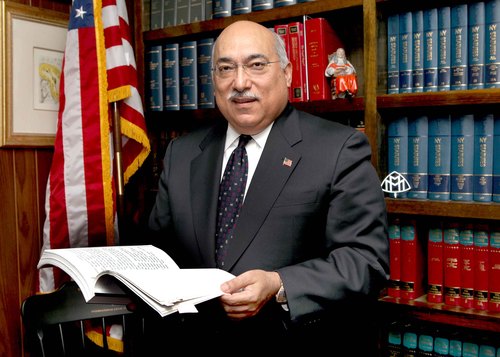
Suffragette white. Hillary Clinton wore it in the biggest moments of her campaign: when she clinched the Democratic primary, when she accepted her party’s nomination, when she made her final debate appearance. The subtle sartorial symbolism was paired with the more explicit campaign message of Clinton as a tireless striver for women and families. Throughout these many months, the Clinton team made it clear that they believed her historic candidacy had the potential to sway portions of the electorate, most especially women voters. They were counting in no small part on the support of sisterhood. But Clinton’s stunning loss Tuesday night showed that issues of culture and class mattered more to many American women than their gender. The sisterhood, as real sisterhood tends to be, turned out to be riddled with complications.
Preliminary exit poll results show that while she won women by 12 points overall (Trump won men by the same margin, a historic gender gap),1 Clinton lost the votes of white women overall and struggled to win women voters without a college education in states that could have propelled her to victory. I wrote Tuesday night about Clinton’s collapse in the Midwest -she saw Ohio, Wisconsin and probably Michigan slip away, all states President Obama won in 2008 and 2012 – and this appears to be in part because of her performance among voters who don’t have a college degree, including women. In Michigan, Trump won those women along with white men, their support for him drowning out white, college-educated women’s votes for Clinton. She won that demographic by 10 points, but these women account for only two in 10 Michigan voters.
In Iowa, a state Obama also won in 2008 and 2012, the class-tinged tale was much the same. White women without a college degree account for just over a quarter of voters in the state, and while Obama won them by 17 percentage points in 2012, Clinton and Trump split their support. Trump won the state by 10 percentage points. Although Clinton didn’t outright lose women, their relatively anemic support for her in key states played a role in her Electoral College demise. Preliminary exit polls Tuesday showed that her loss in Florida was driven, in part, by her poor performance among women in the state. She won them with only a 4-point margin, compared with 16 points in Colorado; 13 in New Hampshire and Pennsylvania; 11 in Michigan and Georgia; 10 in Wisconsin; and 8 in North Carolina.
While Democrats were banking on the hope that Trump’s crass comments and myriad allegations of sexual harassment would turn off women, there were glimmers of the coalition of women supporters that we saw forming last month after the release of the “Access Hollywood tape” in which he made lewd comments about groping women. At the time, a Morning Consult poll found that Trump had nearly equal support among Republican men and women, and numbers showed that the Republican faithful – men and women – were supporting their nominee at rates similar to what we’ve seen in past presidential elections. In other words, they were treating Trump like a run-of-the-mill Republican nominee; Republicans, men and women, wanted to see their guy win. The issues raised by Trump’s conduct toward women did not seem to drive women to the polls in unusual numbers. Overall turnout among women was only 1 percentage point higher than in 2012.
(Source: Five Thirty-Eight: Clare Malone is a senior political writer for FiveThirtyEight. @claremalone)





Be the first to comment